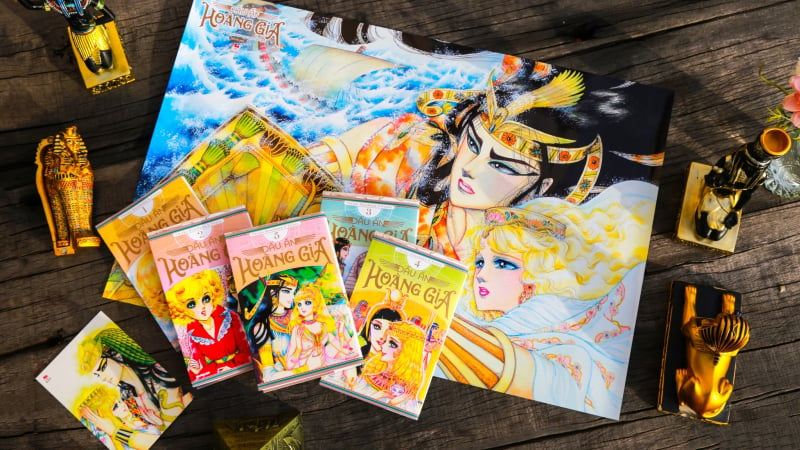Khan el-Khalili is located in the heart of Islamic Cairo, in the capital city of Cairo, Egypt. Established in the 14th century, this ancient market is considered one of the oldest and largest bazaars in the Middle East, where each narrow alley leads visitors on a journey back in history, listening to the breath of glorious dynasties still echoing in the bustling life today.
The journey to discover Khan el-Khalili begins with its history of creation in 1382, under the hands of Emir Djaharks el-Khalili during the Mamluk Dynasty. Initially, this structure was designed as a caravanserai (or khan), serving as a large and safe inn for commercial caravans. This was a meeting place for merchants from all over the Eastern countries, helping them rest, exchange goods, trade and get rich, making this place the most important commercial crossroads.


Through hundreds of years of historical trials, from the devastating earthquake of 1759 to Egypt’s recent political upheavals, the market has endured and thrived. From a stopover, Khan el-Khalili has transformed itself into a bustling and thriving commercial center, becoming a living symbol of the resilience of Egyptian commerce and culture over the centuries.

Khan el-Khalili Market was built in 1382 by Emir Djaharks el-Khalili during the Mamluk Dynasty in Cairo, Egypt

This is one of the oldest and largest markets in the Middle East.
Khan el-Khalili is now a charming maze of narrow alleys and streets where lights, sounds and scents blend to create an unmistakably oriental atmosphere. The souk is a hub of traditional arts and crafts, drawing visitors in for a unique shopping and cultural experience.


Visitors will be overwhelmed by the abundance of goods on sale. This is a treasure trove of aromatic spices brought from all over the Orient from fiery black pepper, warm cinnamon sticks to spicy ginger. Besides, the market is also famous for its exquisite oriental-inspired handmade jewelry, crafted from emeralds, pearls, rubies and agate by local artisans. Discovering unique souvenirs and handicrafts such as antique Aladdin lamps or small metal statues will turn a stroll through the market into a treasure hunt.

Souvenirs that attract tourists

However, the shopping experience here requires a bit of art. Bargaining with vendors is not only a practice but also a part of the market's trading culture, helping visitors feel more clearly the rhythm of life and the interaction between buyers and sellers.
Khan el-Khalili was more than just a commercial hub; it was also Cairo’s cultural and social hub. It was the perfect place to immerse yourself in the daily life of Egyptians.

Cultural center of Egypt
The market is famous for its many charming old cafes where visitors can sit for hours chatting, relaxing and watching the passing people. The most prominent is El-Fishawi Cafe, established in 1797 and considered one of the oldest cafes in Cairo, offering a timeless atmosphere. In addition, visiting El-lord Cafe is an opportunity for visitors to enjoy the immortal traditional songs of the legendary Umm Kulthum, enriching the cultural experience.


In addition, the area surrounding the market is also a convergence of cuisine and performing arts. Visitors can easily find places serving traditional Egyptian dishes and sometimes enjoy traditional music and dance performances, adding cultural significance to the visit.
The market is bustling and busy during the day, from early morning until around 6-7pm. Visitors looking for handicrafts and spices should come early, while mid-afternoon is considered the best time to take photos and admire the traditional Islamic architecture of the market. With patience and an open mind, visitors are sure to discover countless hidden treasures in this historic and vibrant market.

 EN
EN


































